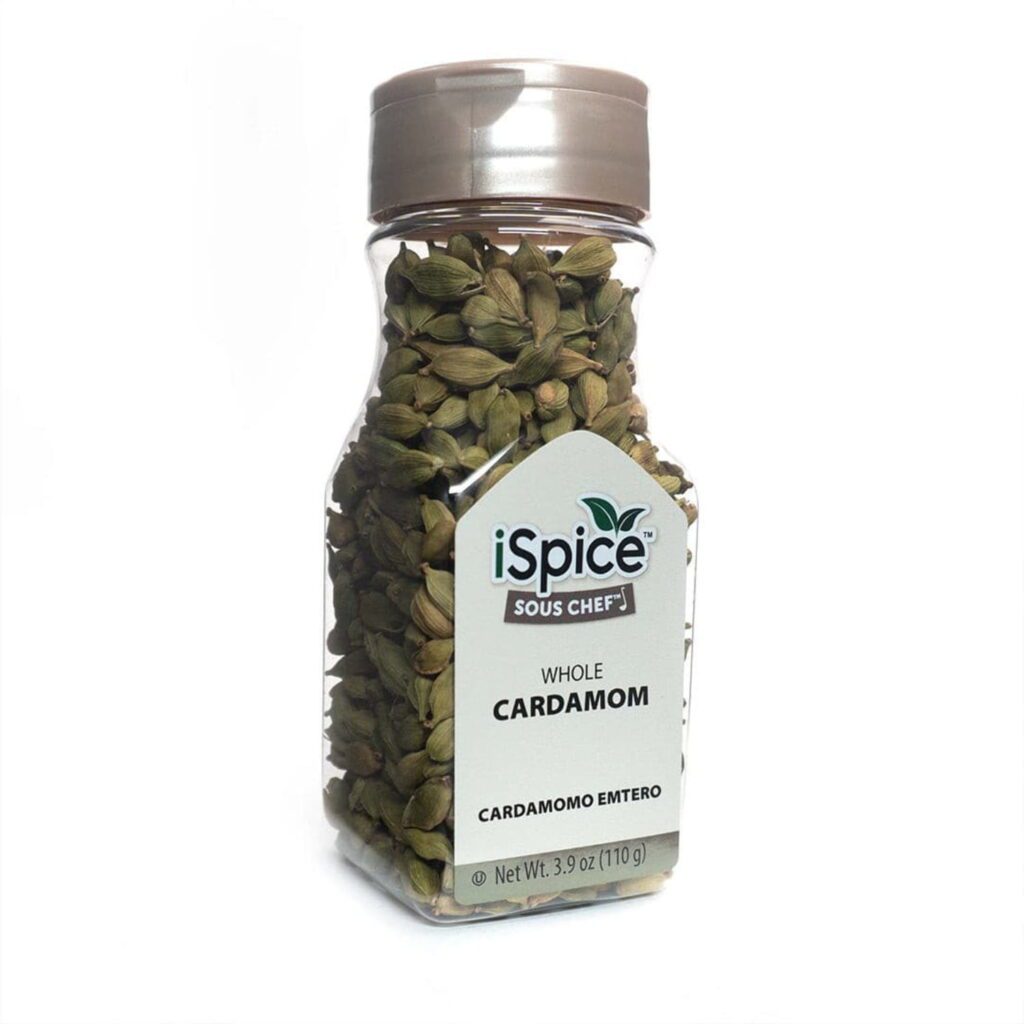Spices have been used for thousands of years to enhance the flavors, aroma, and nutritional value of dishes. Cinnamon is a great source of fiber, calcium, and manganese, and may help regulate blood sugar levels. Turmeric contains curcumin, which has antioxidant and anti-inflammatory properties and may reduce the risk of chronic diseases. Ginger has anti-inflammatory effects and may alleviate nausea and lower blood sugar levels. Cayenne pepper contains capsaicin, which boosts metabolism and reduces appetite. Garlic is nutritious, with vitamin C and B6, and has antimicrobial properties. Spices can be used in infused oils and vinegars, marinades and rubs, spice blends, and herbal teas to elevate dishes and provide health benefits.
Unlocking the Secrets: The Power of Spices in Culinary Creations
Introduction
Spices have been an integral part of human history for thousands of years. From ancient civilizations to modern-day culinary delights, these small but potent ingredients have played a significant role in enhancing the flavors, aroma, and nutritional value of dishes. In this article, we delve into the world of spices, exploring their hidden treasures and unlocking the secrets to their power in culinary creations.
The Nutritional Value of Spices
Spices not only add depth and complexity to our favorite dishes but also offer various nutritional benefits. Let’s take a closer look at some commonly used spices and their impressive nutritional profiles:
Cinnamon
Cinnamon, derived from the inner bark of trees, has been prized for its medicinal properties since ancient times. It is an excellent source of fiber, calcium, and manganese. Studies suggest that cinnamon may help regulate blood sugar levels and improve heart health.
Turmeric
Turmeric, renowned for its vibrant yellow color, is a staple in many Indian dishes. Curcumin, the active compound in turmeric, possesses powerful antioxidant and anti-inflammatory properties. It may aid in reducing the risk of chronic diseases, such as cancer and heart disease.
Ginger
Ginger, with its distinctive zesty flavor, has long been used for its medicinal properties. It is rich in gingerol, a bioactive compound with potent anti-inflammatory effects. Ginger may alleviate nausea, reduce muscle pain, and even lower blood sugar levels.
Cayenne Pepper
Cayenne pepper, known for its fiery heat, contains capsaicin, a compound that gives it its characteristic spiciness. Capsaicin has been linked to numerous health benefits, including boosting metabolism, reducing appetite, and providing pain relief.
Garlic
Garlic, a staple in many savory dishes, is not only delicious but also incredibly nutritious. It is an excellent source of vitamin C, vitamin B6, and manganese. Garlic is also known for its antimicrobial properties and potential to improve heart health.
Utilizing Spices in Culinary Creations
The art of using spices in cooking lies in finding the perfect balance to uplift the flavors of a dish. Here are some innovative ways to harness the power of spices in your culinary creations:
Infused Oils and Vinegars
Create your own flavored oils and vinegars by infusing them with your favorite spices. For example, infusing olive oil with rosemary, garlic, and chili flakes adds a delightful kick to salad dressings or marinades. Similarly, adding cinnamon sticks to apple cider vinegar can enhance the flavor of pickled vegetables or homemade sauces.
Marinades and Rubs
Spice-based marinades and rubs are a fantastic way to add depth and complexity to meats, poultry, or even tofu. Experiment with various spice combinations like cumin, paprika, and coriander for a Middle Eastern-inspired dish, or try chipotle, garlic, and lime for a tangy Mexican twist.
Flavorful Spice Blends
Create your own unique spice blends by combining complementary spices. For instance, garam masala, a popular blend in Indian cuisine, typically consists of cinnamon, cardamom, cloves, cumin, and coriander. Use it to add warmth and depth to curries or roasted vegetables. Other popular spice blends include za’atar, Cajun seasoning, and Chinese five-spice.
Herbal Teas and Infusions
Spices not only enhance savory dishes but can also elevate the experience of sipping a warm, comforting beverage. Prepare your own herbal teas and infusions by combining spices like cinnamon, ginger, and cloves. These aromatic blends not only offer a soothing effect but may also provide various health benefits.
Conclusion
Spices are indeed the hidden gems of culinary creations. Their rich nutritional profiles and unique flavors contribute to both the taste and health benefits of dishes. By understanding the power of each spice and incorporating them into our cooking repertoire, we can unlock a world of flavors and foster a healthier lifestyle. So, embrace the magic of spices and embark on a culinary adventure that delights both the palate and the body.
